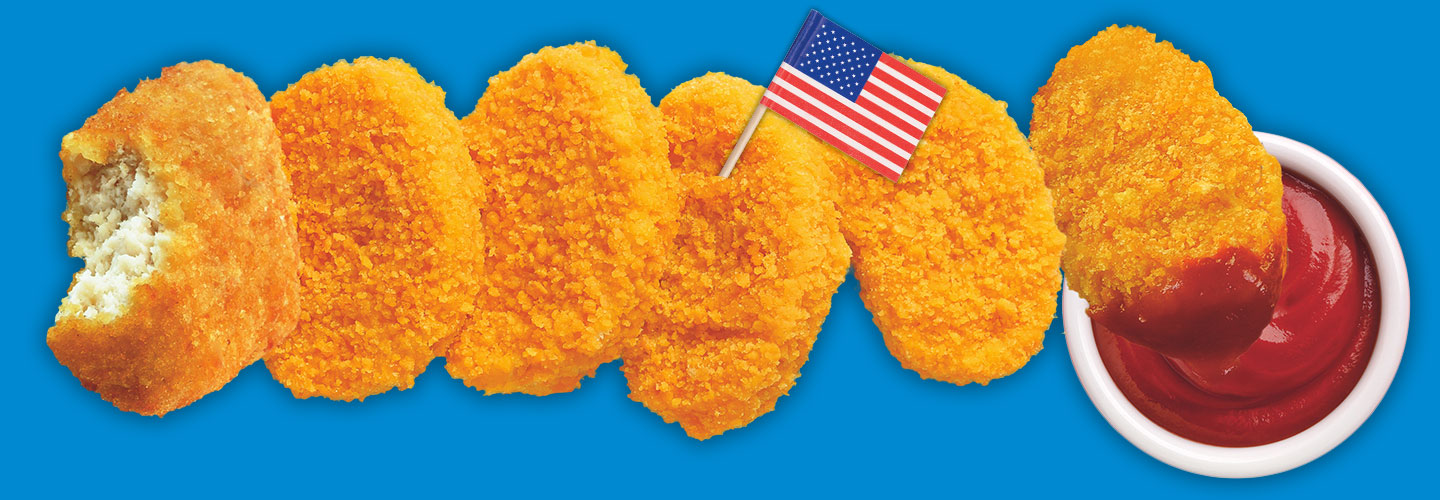Hamburgers were under attack!
For years, Americans had been in love with burgers. And few companies sold more of them than McDonald’s. But in 1977, the U.S. government warned that beef burgers were unhealthy. Eat chicken instead, experts said.
Chicken?!
McDonald’s leaders panicked. How could they make Americans love chicken the way they loved burgers?
The answer was the chicken nugget.
Hamburgers were under attack!
For years, Americans had loved burgers. And McDonald’s had sold a lot of them! But in 1977, the U.S. government said beef burgers were not healthy. Experts said to eat chicken instead.
Chicken?!
McDonald’s leaders panicked. They were a burger place. Would their customers buy chicken? How would they even serve chicken?
The answer was the chicken nugget.
Hamburgers were under attack!
For years, burgers had been extremely popular with Americans. And to satisfy their craving for a beef patty on a bun, people often went to McDonald’s. But in 1977, the U.S. government issued a warning about beef being unhealthy. Eat chicken instead, experts said.
Chicken?!
McDonald’s leaders panicked. How could they make chicken as popular as burgers?
The answer was the chicken nugget.

